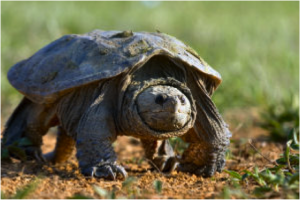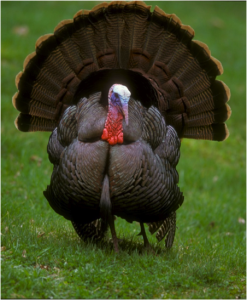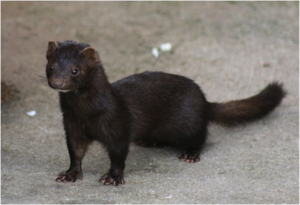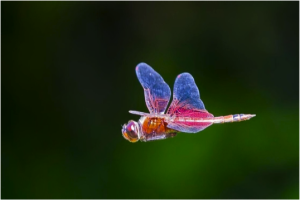Located in Westchester County, the Pace-Pleasantville campus offers students a variety of options not found in the city campus. However, while some may find it more of an annoyance than a benefit, the Pleasantville campus offers students an environment abundant with wildlife.
Whether it be the neighboring woods, the wetlands, or Choate Pond itself, animals seem to be located all around campus. While some students may be from the area, a large amount of students come from homes that aren’t located nearby.
“This is a park –like to any students not from the area. Hopefully, they will appreciate the wildlife we have,” Assistant Director of the Environmental Center James Eyring said. “It’s a great opportunity to become aware of the environment.”
Wildlife in mind, students have an opportunity to gain insight on some of the wildlife through the Environmental Center’s Wildlife Exhibits. This includes the Marty McGuire Museum, which is free and open to the public.
“It’s their Earth. We share the planet with the creatures,” Eyring said. “We have to learn to live in closer harmony with these animals,”
Some students may fall under the assumption that some of these animals are dangerous and a threat. Although some may be intimidating, students should be aware that when left alone, these creatures pose no harm.
“No wildlife is going to attack, that is so far out of their natural behavior,” Erying said. “Most animals want to be left alone. They are afraid of people, for good reasons.”
Consisting of a large variety of animals from minks to coyotes, Pace wildlife offers an opportunity to examine and learn more of what Mother Nature has to offer.
“It’s a treasure to have all this wildlife,” Erying said. “I always tell people to treat wildlife and nature the way you want to be treated. You mess with them, they will mess back.”
As the season changes, students may see a change in wildlife as well. Provided is a list of some notable creatures that can be found around campus.
White-tailed Deer
Also known as the Virginia deer; the White-tailed deer is known for its white underside, which it displays and wags when it senses danger. The deer usually prefer to reside in the forest area during the winter in order to provide shelter from the harsh winter weather. These herbivores usually grow up to 6 to 7.75 ft. in size; while weighing in from 110 to 300 lbs.
“They’re graceful and beautiful animals,” Assistant Director of the Environmental Center James Eyring said.
The Common Snapping Turtle
Holding the title as the New York State reptile, the common snapping turtle should not be confused with the alligator snapping turtle. The modern snapping turtle evolved over 40 million years ago, making their kind the oldest in compared to humans. Chelydra serpentine are known for the powerful jaws and their aggressive disposition found out of water. Seen around Choate Pond, these turtles are one of many species that can be found on campus. Other turtles, like the red-eared slider, can be seen hanging out near the rocks in Choate Pond.
Wild Turkey
Sometimes weighing in over 20 pounds, the wild turkey has been seen gobbling around campus, appearing from out of the woods.
“They’re pretty neat, the wild turkey is up there when it comes to avoiding predators,” Eyring said. “They’re kind of beautiful in a grotesque way. They usually appear in late autumn.”
The Eastern Wild Turkey is believed to be the species first encountered in the wild by the Puritans, the founders of Jamestown.
Mink
The American Mink has been known for its cuteness, as well as its fur.
“I’ve never seen a mink more than 20 feet away from a source of water,” Eyring said. “They normally live in root systems.”
The mink is a semiaquatic mammal and a carnivore that preys on rodents, fish, crustaceans, frogs, and birds. Due to its required living conditions, the wetlands located on campus provide great housing to these small creatures. Measuring from 12-18 inches in body length, the mink is highly prized for its soft, luxurious fur.
Dragonflies
The Pace campus is home to a variety of species of dragonflies. Considered as the first winged insects to evolve some 300 million years ago, most modern dragonflies have wingspans of only two to five inches. Dragonflies have the ability to move each of their four wings independently, allowing them to become accurate killers when capturing prey in midflight. With viscous tenacity, dragonflies are able to crunch prey into a pulp through the use of their serrated jaws. They are also known for their dazzling appearance and brilliant colors.





